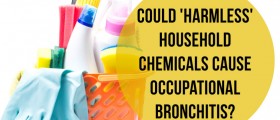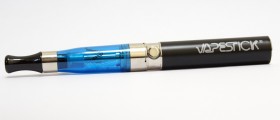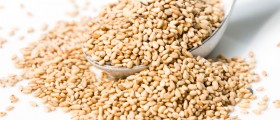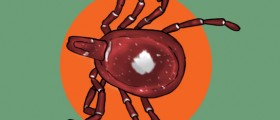
Formaldehyde is a chemical substance found in a great number of products including both industrial and household products. Cosmetics that you use every day such as lipsticks almost certainly contain small amounts of this harmful substance. The same substance can be also found in polishes, cleaners, paints, disinfectant liquids, preservative for children’s vaccines etc.
Furthermore, formaldehyde is widely used in industry, to make non-wrinkle clothes, water or moth proofed products, or even some ink and fertilizers. Because of so many practical applications, formaldehyde is very hard to be replaced with anything else. However, it is reported that certain number of people are sensitive to this substance and they might experience severe reactions if they come in contact with even small amounts of formaldehyde. Children are especially sensitive to this widely used substance and their reactions to formaldehyde can be much more serious comparing to adults.
How can You Get in Contact with Formaldehyde?
Household products often contain formaldehyde for various reasons. People sensitive to the substance might inhale it in the house or somewhere else and this could trigger different reactions. Certain foods can also contain formaldehyde and allergic individuals may develop a serious reaction after consuming such food products. Cheese, especially Italian cheese, some fish, dried food and food preservatives contain formaldehyde. A person may also inhale fumes of formaldehyde in the industrial surrounding, or experience health issues after a direct contact with fabric containing formaldehyde residues.
What are Symptoms of Formaldehyde Allergy?
The very smell of formaldehyde, which is rather unpleasant, may initiate unpleasant symptoms.
Inhalation of this substance as well as exposure to formaldehyde fumes can be responsible for many problems, such as runny nose, watery eyes, wheezing and coughing. The substance is in general associated with irritation of eyes, throat and nos. In some cases formaldehyde can even cause severe damage to the respiratory tract and initiate pulmonary edema or pneumonitis.
Consuming food containing this substance may lead to nausea, vomiting, abdominal pain, diarrhea, tiredness or migraine attack in susceptible people.
A direct contact with the fabric treated with formaldehyde can cause allergic reactions on the skin. The skin may become red or white, scaling or cracking. Sometimes, formaldehyde triggers hives, burning and irritation of the affected skin.
When a child is sensitive to formaldehyde, he or she can experience headache, respiratory problems or even asthma. Large doses of this substance are even more dangerous for children. Namely, formaldehyde in large amounts may lead to serious pain, irregular pulse or unconsciousness.
- www.cdc.gov/nceh/drywall/docs/WhatYouShouldKnowaboutFormaldehyde.pdf
- www.cdc.gov/nceh/laminateflooring/
- Photo courtesy of Wolfgang Ihloff by Wikimedia Commons: commons.wikimedia.org/wiki/File:Allergy_skin_testing.JPG

















Your thoughts on this
Loading...